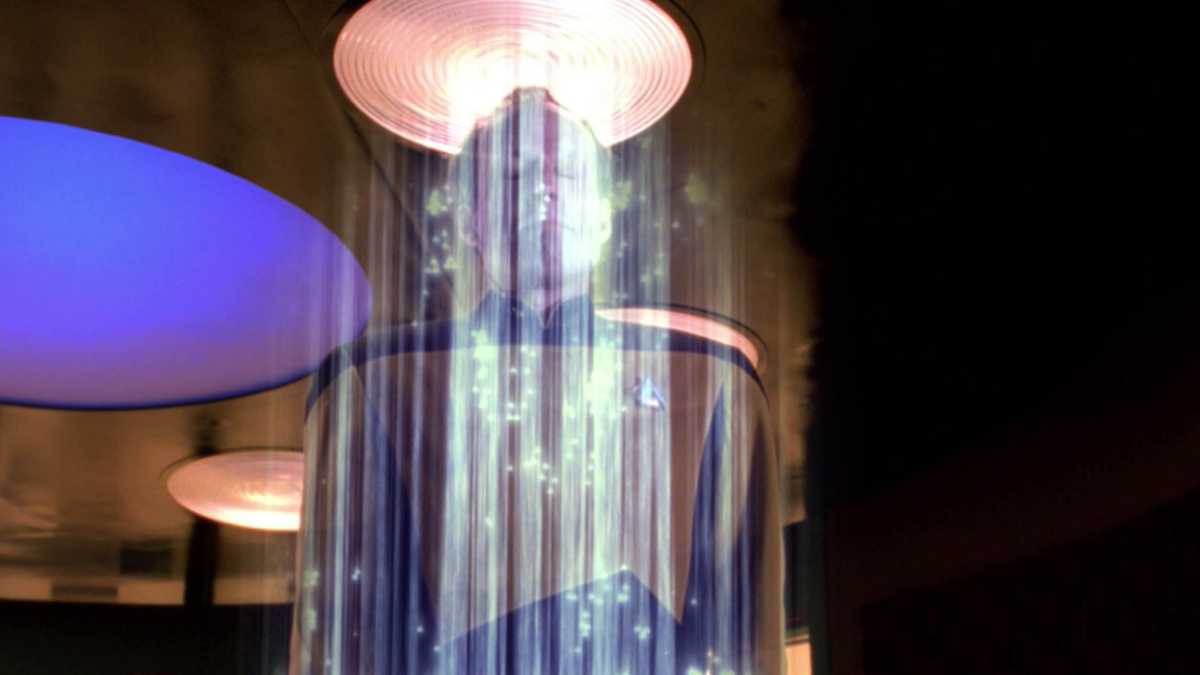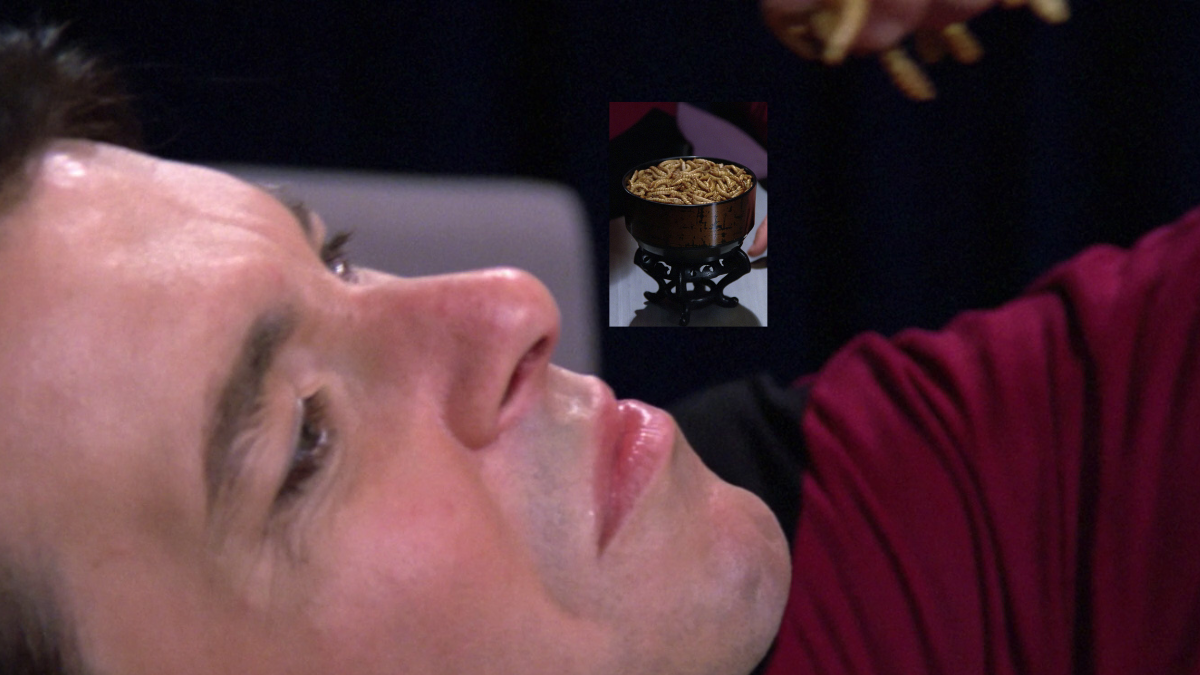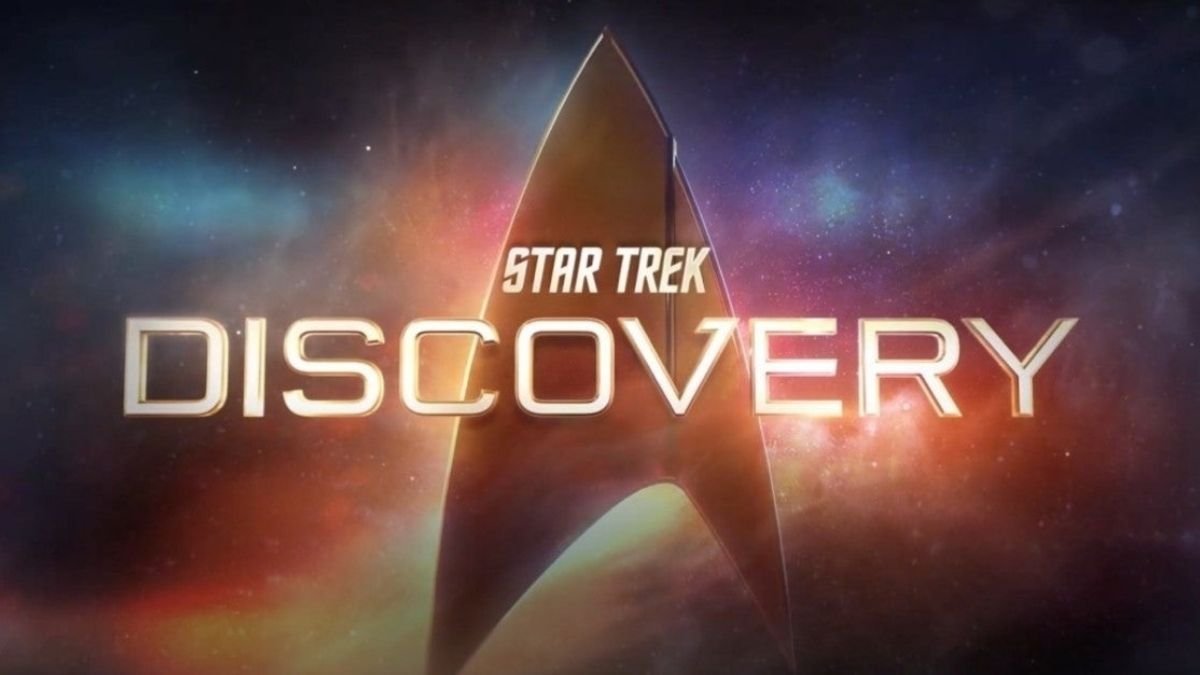An In-Universe Star Trek Villain Has Been Namechecked By Real-World Science

The Borg microbes backing up an actual Borg. Images: Eye of Science/SPL / Paramount.
OCTOBER 21, 2022 - Life imitates art, and perhaps the best example of this has been with Star Trek. In its various forms, Trek has created props and science fiction technologies that have had eventual real-world counterparts.
TOS had the classic communicator and tricorder, and a couple of decades later we had flip phones and handheld scanning devices. The TNG era of shows brought a slew of things that we have seen realized in the modern world. For instance, the PADD, or Personal Access Display Device, is now realized as a tablet, either android or IOS.
When the crew walked into their cabins they could announce, “Computer, lights on, play some soft jazz music, or call (insert officer here), and now with our Amazon or Google devices, we can do the same thing. Even the replicators are being realized to a small degree with the cultured-meat-industry making headway.
And now, as reported here at CosmosMagazine.com we’re seeing the beginning of the Borg! Don’t start looking for an oscillating shield upgrade just quite yet, as these Borg are microbial and even helpful.
We’re speaking specifically about microbes that are captured and assimilated into other organisms by genetic transports – which have been officially named ‘Borgs’ after the famous Star Trek villains. From the article:
These assimilatory properties have inspired the naming of specialised DNA ‘packages’ that exist within Methanopereden microbes – tiny archaea (a separate domain of life to single-cellular bacteria and multicellular eukaryotes), which break down methane in soils, groundwater and the atmosphere to support their metabolism.
This process of gene transfer allows organisms to assimilate beneficial genetic characteristics that can be passed to their offspring during cell division. Gene transfer is a common phenomenon among single-celled organisms, however further study of the Methanopereden samples found 19 new ECEs, which the researchers believe contain the genes of entirely different microbes consumed by these archaea.
But it’s the way these ECE’s work to assimilate the genetic information of other organisms into their host archaea that has inspired the Banfield team to name them after the interstellar villains.
To learn more about the fascinating science behind this, please go to the above Cosmos Magazine link and read the entire article.
Thaddeus Tuffentsamer is an internationally selling author. His books have been sold in the US, the UK, Sweden, Germany, Singapore, South Korea, Japan, Italy, and France. He has a series of young reader novels, a satirical self-help book, (which, according to reviews, actually has some pretty solid counsel), and has joined the list of professional Sherlock Holmes authors.
He promises that his works will never contain profanity, gratuitous violence, or anything else that would prevent the entire family from enjoying them together.
He spends his days working in healthcare administration and in his evenings, in between plans for becoming “Lord Emperor of everything,” he types away at his keyboard letting his imagination out for the world to read.
He is fortunate to have a wonderful wife and two beautiful daughters. He currently lives in Goodyear Arizona with his wife.





